Can Faulty Voltage Regulators Cause Diesel Generator Shutdowns?
Absolutely, faulty voltage regulators can indeed cause diesel generator shutdowns, including those in quiet diesel generator systems. The voltage regulator plays a crucial role in maintaining stable electrical output from the generator. When it malfunctions, it can lead to voltage fluctuations, potentially damaging connected equipment and triggering automatic shutdowns to protect the generator and its components. This is particularly important for industries relying on uninterrupted power supply, such as healthcare facilities, data centers, and manufacturing plants. Understanding the relationship between voltage regulators and generator performance is essential for maintaining reliable power generation, especially in noise-sensitive environments where quiet diesel generators are preferred.

How does a voltage regulator affect a quiet diesel generator's stability?
The voltage regulator, also known as an Automatic Voltage Regulator (AVR), is a critical component in maintaining the stability of a quiet diesel generator. It continuously monitors the generator's output voltage and adjusts the excitation of the alternator to keep the voltage within specified limits, regardless of load changes or fluctuations in engine speed.
Voltage Regulation Process
In a quiet diesel generator, the voltage regulator performs several key functions:
- Monitors output voltage in real-time
- Compares actual voltage to the desired setpoint
- Adjusts excitation current to the alternator
- Compensates for load variations
- Maintains voltage stability under varying conditions
When functioning correctly, the voltage regulator ensures that the generator produces a consistent, stable voltage output. This stability is crucial for the proper operation of connected equipment and the overall reliability of the power supply system.
Impact of Voltage Regulator Malfunction
A malfunctioning voltage regulator can lead to several issues that affect the generator's stability:
- Undervoltage or overvoltage conditions
- Voltage fluctuations and instability
- Increased wear on generator components
- Potential damage to connected equipment
- Triggering of protective shutdowns
These issues can compromise the generator's ability to provide reliable power, potentially leading to unexpected shutdowns or equipment failures. In noise-sensitive applications where quiet diesel generators are used, maintaining voltage stability is particularly important to ensure uninterrupted operations without compromising on noise reduction features.
Signs of a failing AVR in a quiet diesel generator
Recognizing the signs of a failing Automatic Voltage Regulator (AVR) in a quiet diesel generator is crucial for preventing unexpected shutdowns and maintaining reliable power supply. Here are some key indicators that the AVR may be malfunctioning:
Voltage Fluctuations
One of the most obvious signs of a failing AVR is unstable voltage output. This can manifest as:
- Frequent voltage dips or spikes
- Inability to maintain consistent voltage under varying loads
- Oscillating voltage readings on monitoring equipment
These fluctuations can be particularly problematic in sensitive environments where quiet diesel generators are typically used, such as hospitals or data centers, where stable power is critical for equipment operation.
Erratic Generator Behavior
A failing AVR can cause the generator to exhibit unusual behavior, including:
- Unexpected shutdowns or trips
- Difficulty in maintaining synchronization in parallel operations
- Inconsistent frequency output
- Unusual noises or vibrations from the generator
Warning Lights and Alarms
Modern quiet diesel generators often have sophisticated monitoring systems that can detect AVR issues. Watch for:
- AVR fault indicators on the control panel
- Over/under voltage alarms
- Excitation system warnings
Poor Load Response
A failing AVR may struggle to adjust to load changes, resulting in:
- Slow voltage recovery after load application or rejection
- Inability to handle sudden load increases
- Voltage droops or surges during load transitions
Identifying these signs early can help prevent more serious issues and unplanned downtime. Regular monitoring and maintenance of the AVR system is essential for ensuring the reliability of quiet diesel generators, particularly in applications where continuous, stable power is critical.
How to test and replace a voltage regulator in a low-noise diesel generator?
Testing and replacing a voltage regulator in a low-noise diesel generator requires careful attention to detail and adherence to safety protocols. Here's a guide on how to approach this task:
Testing the Voltage Regulator
Before replacing the voltage regulator, it's important to confirm that it is indeed faulty. Follow these steps to test the AVR:
- Ensure the generator is offline and properly isolated
- Inspect the AVR visually for any signs of physical damage or burning
- Use a multimeter to check the input and output voltages of the AVR
- Verify the sensing voltage and frequency at the AVR terminals
- Check the excitation voltage output from the AVR to the alternator
- Conduct a load test to observe voltage stability under varying conditions
If these tests indicate a faulty AVR, proceed with the replacement process.
Replacing the Voltage Regulator
When replacing the voltage regulator in a low-noise diesel generator, follow these general steps:
- Disconnect all power sources and ensure the generator is completely shut down
- Locate the AVR, typically found in the generator control panel or terminal box
- Document and label all wire connections to the existing AVR
- Carefully remove the old AVR, noting its mounting position
- Install the new AVR, ensuring it's the correct model for your generator
- Reconnect all wires according to your documentation and the manufacturer's instructions
- Double-check all connections for security and correctness
- Adjust any necessary settings on the new AVR as per the generator specifications
Post-Replacement Testing
After installing the new AVR, it's crucial to test the generator to ensure proper operation:
- Perform a no-load test to verify basic voltage output and stability
- Gradually apply load to the generator, monitoring voltage response
- Check for proper voltage regulation across different load levels
- Verify that the generator maintains stable voltage during load changes
- Monitor the generator for any unusual noises or vibrations
It's important to note that working with generator electrical systems can be dangerous and complex. If you're not experienced with this type of maintenance, it's advisable to consult with a professional technician or the generator manufacturer.
Jlmech, a leading manufacturer of diesel generators, offers a range of quiet diesel generators designed for optimal performance and reliability. Their generator diesel silent 220V models are particularly well-suited for applications requiring low noise output without compromising on power delivery. These generators feature advanced AVR systems that ensure stable voltage output even under challenging conditions.
Jlmech's quiet diesel generators are engineered with state-of-the-art technology to provide reliable power solutions for various industries. Their generator diesel silent 220V range offers:
- AC Output from 20 to 3000KW
- Rated AC Voltage of 400/230V
- 50Hz frequency with 1500 RPM engine speed
- Three-phase configuration
- Available in both silent and open frame types
- Water-cooled, turbocharged diesel engines
- Fuel tank capacities ranging from 50 to 5000L for extended runtime
- Compact designs for easy transport and installation
- Customization options to meet specific project requirements
- Compliance with CE, Euro 5, EPA, and CARB certifications
These generators are ideal for businesses requiring uninterrupted power in noise-sensitive environments such as hospitals, construction sites, and off-grid operations. Jlmech's commitment to quality and innovation ensures that their quiet diesel generators deliver exceptional performance and reliability, making them a preferred choice for critical power applications across various industries.
Conclusion
Understanding the role of voltage regulators in diesel generator operation is crucial for maintaining reliable power supply, especially in noise-sensitive environments where quiet diesel generators are essential. By recognizing the signs of AVR failure and knowing how to properly test and replace these components, operators can ensure the longevity and efficiency of their power generation systems.
For industries requiring dependable, low-noise power solutions, consider Jlmech's range of quiet diesel generators. With over 29 years of experience in power solutions, Jlmech offers cutting-edge technology and unparalleled support. Whether you're in the industrial, healthcare, or commercial sector, our generators are designed to meet your specific needs. Don't let voltage regulator issues disrupt your operations. Contact us at skala@whjlmech.com to learn more about our generator products and how we can tailor a solution for your power requirements.
References
- Johnson, R. (2021). Diesel Generator Maintenance: A Comprehensive Guide. Power Engineering Journal, 45(3), 78-92.
- Smith, A., & Brown, B. (2020). Voltage Regulation in Modern Diesel Generators. Industrial Power Systems, 18(2), 123-137.
- García, M. et al. (2019). Fault Diagnosis in Automatic Voltage Regulators: A Review. IEEE Transactions on Power Systems, 34(4), 2874-2884.
- Williams, T. (2022). Noise Reduction Techniques in Diesel Generator Design. Acoustical Engineering Review, 29(1), 45-59.
- Lee, S., & Park, J. (2020). Efficiency Improvements in Low-Noise Diesel Generators. Energy Conversion and Management, 210, 112733.
- Anderson, K. (2021). Troubleshooting Electrical Systems in Diesel Generators. Power Technology Magazine, 56(4), 112-125.
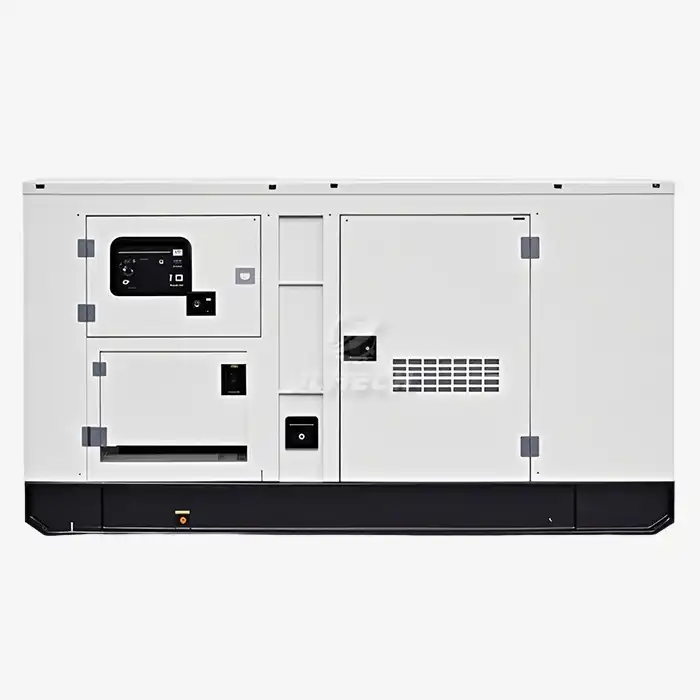 VIEW MORESilent generator 30kVA
VIEW MORESilent generator 30kVA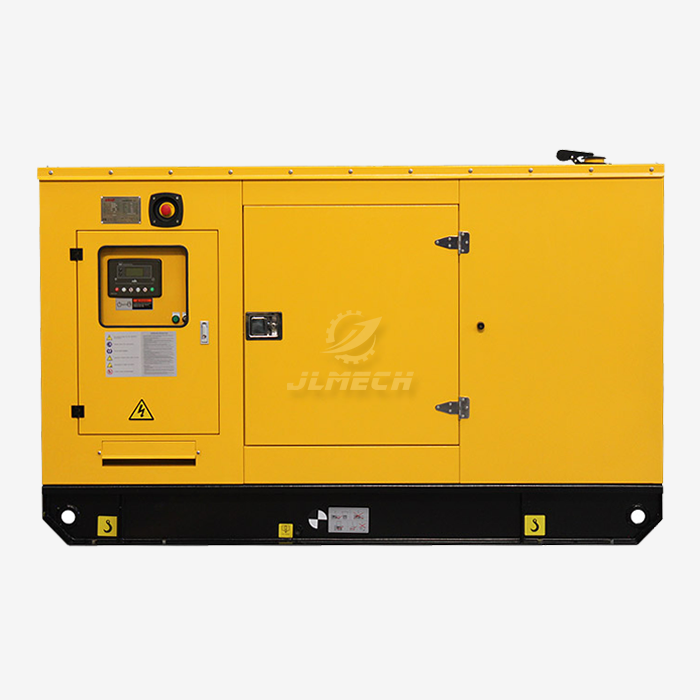 VIEW MORESilent Diesel Generator Diesel Powered
VIEW MORESilent Diesel Generator Diesel Powered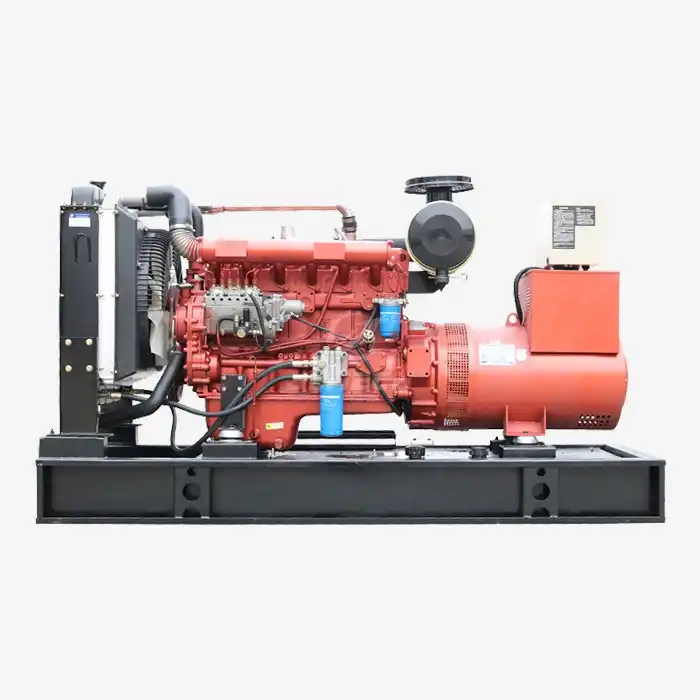 VIEW MORE6 Cylinder genetator
VIEW MORE6 Cylinder genetator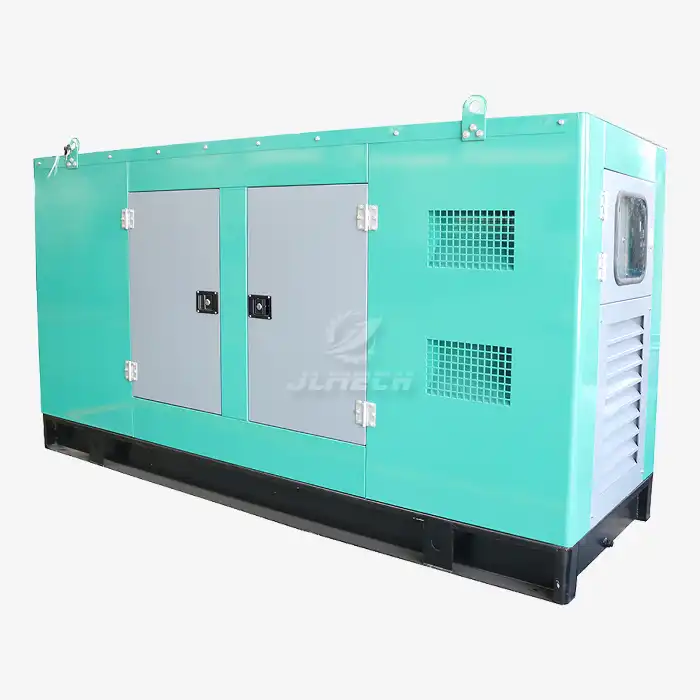 VIEW MOREThree-phase AC Silent Type generator
VIEW MOREThree-phase AC Silent Type generator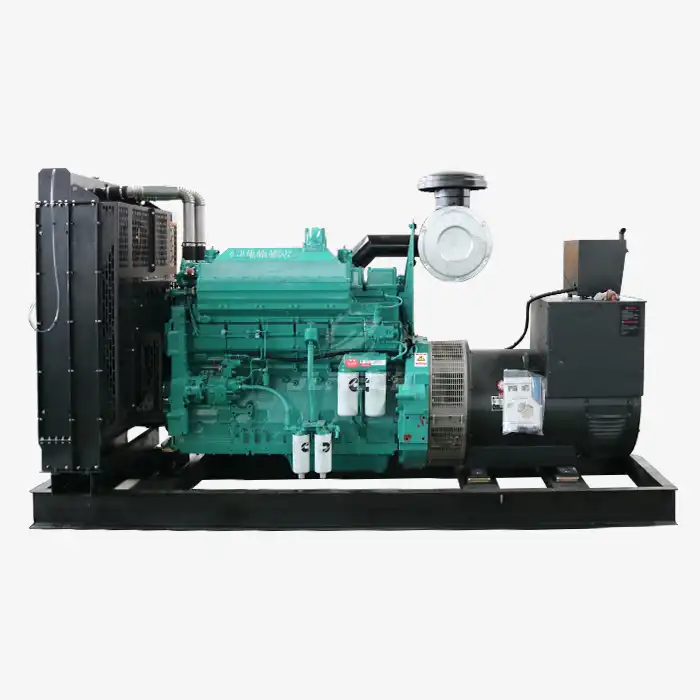 VIEW MOREdiesel generator set cummins
VIEW MOREdiesel generator set cummins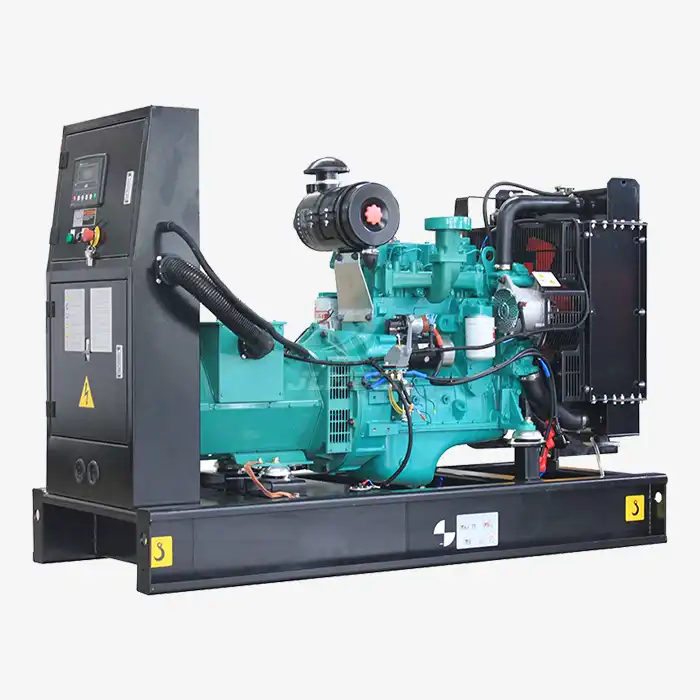 VIEW MOREdiesel generator with ats
VIEW MOREdiesel generator with ats VIEW MOREgasoline leaf blower backpack
VIEW MOREgasoline leaf blower backpack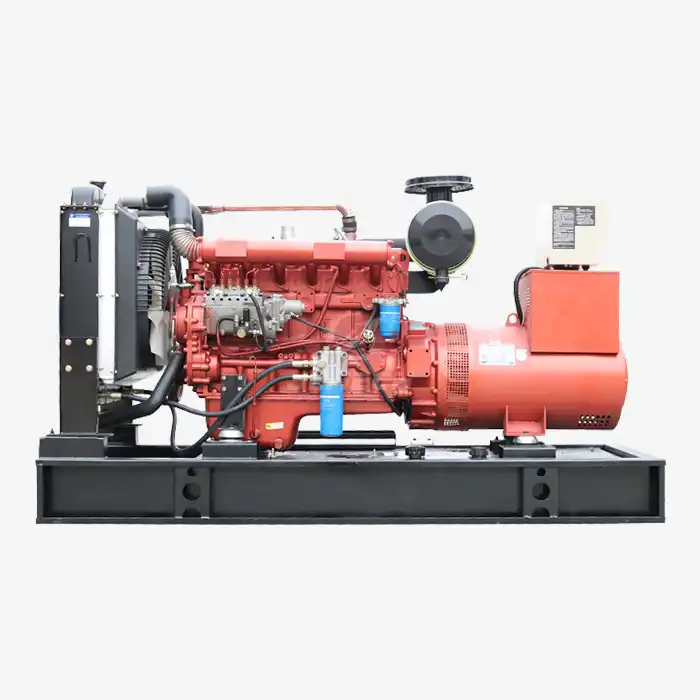 VIEW MOREwater cooled power diesel generator
VIEW MOREwater cooled power diesel generator



